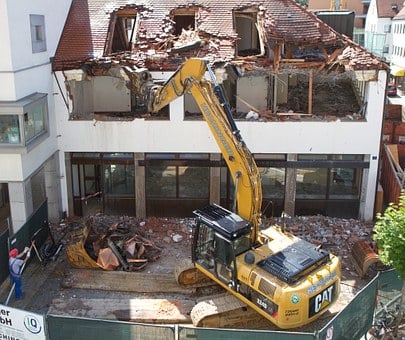video production represents the creative development of digital video material from the planning of creative sequences and storyline to the shooting and editing of material for broadcast either on video or internet. The term is used in a wider context to describe any production process that communicates messages effectively across media. Digital video production technology can be used to create and manage content. It is available for broadcasting television, film, the web, mobile applications, and other media. Digital video material can be viewed, recorded and stored. It can also be produced, distributed and marketed using a variety of delivery methods, including DVD, CD-ROM and cable networks. There are multiple advantages associated with digital video production, which includes the ability to distribute digital content quickly. Digital video production can be complicated and requires many actors, locations and equipment to create compelling content.
Digital video production may be separated into two basic categories: pre-production and post-production editing. Pre-production is the phase where digital video production can be designed and tested to identify what content will be used in the movie. It also identifies any special effects and camera moves that will be needed to be integrated into the movie. Digital video production may include an actor’s or model’s appearance.

Digital video content can be edited in post-production according to the client’s direction. Editing can include trimming, mosaics and fades as well as music reverb. These steps are essential to the overall video production process and help enhance and better reflect the final product.
Digital video cameras are an integral part of digital video production. They allow for the capture and storage video footage. Editing involves extraction, conversion, and the enhancement of captured video into a format compatible with digital display systems. Digital video editors work with video footage taken from different locations and are able to make editorial decisions about what to include in the video. This decision will affect the overall quality and the meaning of your video.
Video editors must have extensive training and experience in the editing process. Video editors can use technical tools like graphics programs. They can also manipulate digital video images using digital media like DVDs and CDs. Different types of processors can be used by digital video editors to speed up the editing process. The main goal of the video editor’s job is to add the desired effect on the video.
There are two types of digital video editors: the ones that use traditional methods of editing and the new wave digital editors. The new generation of digital video editors uses state-of-the-art software to edit and enhance digital video footage. These editors work with digital media, such as DVDs, CDs, or the Internet. The traditional digital video editor uses film stock and other media to create the final movie. There are some differences between the two types.
A digital media editor will often edit directly on the computer. Digital video stock editors work by transferring media from one format to another. Film stock editors transfer film stock from camera to computer and edit on-set. Digital audio editors edit audio on digital media like digital audio tapes, computers and mixing consoles.
Video production editing requires specialized knowledge and equipment. Digital video editing is a highly competitive job. The increasing use of digital video for business and personal purposes has brought a need for more experienced digital video editors. It is important to note that most digital video editors will be located in a studio or other controlled environment. These editors work closely together with producers and directors. Digital video editing can be done in a single room or with a small number of editors.




